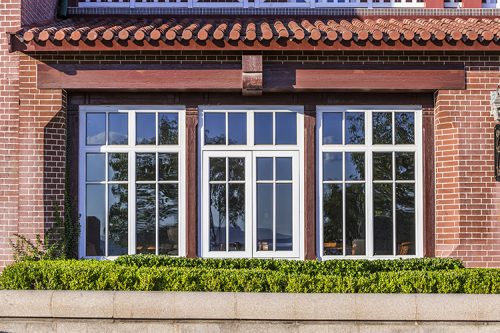
Did you know that the window installation industry has a market size of 4.6 billion in 2021? That means a lot of windows are being sold and a huge amount of window glass is being produced.
Are you wondering what types of glass are commonly used in these windows? Do different windows require different a type of glass?
The following guide will explain which kinds of glass function best for different window panes and why. Read on to learn more about the advantages and disadvantages of these various window glass types.
Float Glass
The term float glass can include sheet glass, rolled glass, and plate glass. It is the base for many other glass types. Float glass is made by pouring molten glass into a tin and forming it into panels.
The glass is cheap, clear, even, and defends well against scratches. However, it will shatter easily and the broken pieces will be sharp.
Laminated Glass
Car windshields, hurricane windows, and many business windows use laminated glass. It’s made from two pieces of float glass that have a thin layer of PVB resin pressed between them.
This glass provides great strength and structure. It also stops the window from shattering if it breaks. Broken pieces stick to the PVB resin sheet instead. However, it is very thick and can cause optical distortion.
Tempered Glass
When glass goes through the tempering process becomes extra strong. In fact, tempered glass can’t be cut because of its strength. It can still break if hit hard enough but is very durable.
The broken pieces are much smaller when a tempered glass window breaks compared to basic float glass. It’s a good option for low windows and high traffic areas. However, the cost of tempered glass is usually much higher.
Insulated Glass
Insulated glass uses separated panes that are often filled with argon or krypton for insulation. If you want to buy a window glass franchise, this is a popular option sold for double and triple-pane windows.
This glass also works to block heat rays from the sun. The individual panes are not very strong on their own and can break more easily than other glass types.
Low-E Glass
Low emissivity glass will block certain light waves from the sun. They help reduce UV rays that cause skin damage and fade furniture and clothing. Low-E Glass also keeps heat in during the winter.
You can add low-E glass coatings to existing windows for an upgrade, but it’s best to get new windows installed to maximize efficiency.
There are only a few disadvantages of Low-E glass. This window and glass type is more expensive and lets less natural light into your home.
What’s the Right Type of Glass for You?
Now you know the common glass types used in windows and what their benefits and drawbacks are. You can confidently choose the type of glass that’s best for your needs based on durability, visibility, and insulation.
Check out our blog for more articles with great information and helpful tips!
Interesting Related Article: “Recycling Glass Waste Safely in London“

